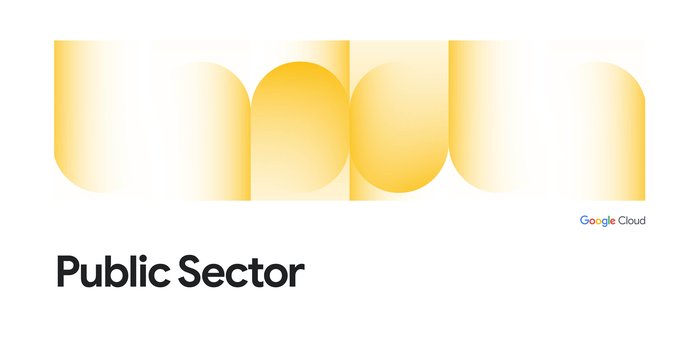Ohio Department of Rehabilitation and Correction: Creating a secure virtual classroom
Brad Hoffman
Director, State, Local, Higher Ed Central, Google Public Sector
Second chances: How Ohio DRC is skilling with digital tools for a brighter future
A couple of years ago, Rayshun Holt, who works with Beacon of Hope in Cincinnati, Ohio, taught people newly released from correctional facilities the basics of using and navigating a computer so they could find jobs. (Beacon of Hope is an organization that helps people with criminal records find meaningful work, which has historically been a challenge). Today, Rayshun is pleased to see the need for computer education is significantly less prevalent, and to his surprise, newly released individuals now teach him a trick or two on the laptop.
This positive shift in technical literacy is largely thanks to the efforts of the Ohio Central School System (OCSS), a district responsible for the education and upskilling of 43,000 individuals in the care of the Ohio Department of Rehabilitation and Correction (Ohio DRC). The OCSS employs nearly 200 teachers and offers 20 certifications, 50 apprenticeships, and other programs to improve employability of individuals after they are released.
Various research shows that education has a significant impact on reducing recidivism - the likelihood of an individual to reoffend. According to the Rand Corporation, inmates attending correctional education programs were 43% less likely to recidivate. Northwestern University has found that there is a reverse correlation between education level and recidivism rates: the higher the education degree achieved, the lower the chances of recidivism.
In 2020, OCSS made a conscious pivot to introduce more technology into its education process, which had been mostly limited to paper-and-pencil and a lot of face-to-face instruction. As Jennifer Sanders, Superintendent, Ohio Central School System said, “There are many studies that show that education reduces recidivism rates, but modalities, tools, and techniques within the corrections systems across the country are antiquated. We strongly felt that the staff needed 21st century tools to provide 21st century education to produce 21st century citizens.”
Screened and Secured
Ohio DRC rolled out Google Chromebooks as part of a pilot project in 2020. Sanders says that security was a key consideration in choosing Chromebooks and Google Workspace: “We considered other off the shelf products, but these didn’t provide the flexibility we needed for customized educational content. Google Cloud gave us the security we needed and the flexibility we wanted to build an education curriculum driven by the needs of the students and the staff.”
Sanders was surprised by the response. The faculty and staff were not just receptive, but enthusiastic about using cloud-based technologies to drive a change in education. Their eagerness led to the expansion of the program to include more than 10,000 devices today.
The devices and use of Google Workspace cloud-based collaboration tools allow students the opportunity to take their education out of the classroom and into shared spaces of the prison facility, completing assignments on their own time. The built-in security features allow them to utilize relevant internet educational sources safely. The teachers use tools like online assessments, virtual activities, and customized content to drive engagement and participation and enhance the overall learning experience. In doing so, they have opened up a world of educational opportunities for students that previously were impossible in a prison environment due to security concerns.
OCSS has a long-standing partnership for degrees and certificates with Ashland University, and in 2022, the university provided 424 online and face-to-face certificates and degrees to OCSS students. Denise Justice, Executive Director within the Correctional Education Program at Ashland believes that secure, reliable digital education can be a game changer for incarcerated students: “We have examples and data to demonstrate that meaningful, relevant education changes the trajectory of incarcerated students' lives. Ashland University has worked with OCSS for decades and I’m heartened to see OCSS’s thoughtful leadership and commitment to making education more accessible and inclusive by using modern, digital tools.”
As the program evolves, Ohio DRC and OCSS are exploring options to open more avenues for students and teachers, including sharing documents and other materials between students and connecting students across the state via virtual classroom environments.

